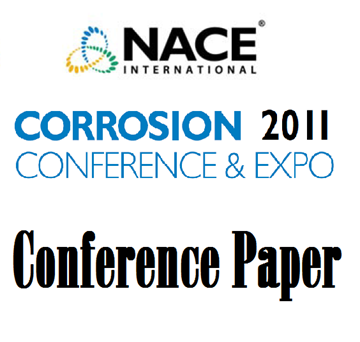Search
51315-5808-Effect of Chemistry and Heat Treatment on the Corrosion Resistance of Cast Nickel Alloy UNS N10276
Also Purchased
01362 CORROSION MECHANISMS OF ALLOY N10276 IN HYDROTHERMAL HCL SOLUTIONS: FAILURE ANALYSIS AND EXPOSURE STUDIES
Product Number:
51300-01362-SG
ISBN:
01362 2001 CP
$20.00
11292 Effect of Post Weld Heat Treatment on the Hydrogen Trapping Behavior of Pressue Vessel Steel
Product Number:
51300-11292-SG
ISBN:
2011 11292 CP
Publication Date:
2011
$20.00
96434 Effects of Fabrication Practices and Techniques on the Corrosion and Mechanical Properties of Ni-Cr-Mo Nickel Based Alloys UNS N10276, N06022, N06686, and N06625
Product Number:
51300-96434-SG
ISBN:
96434 1996 CP
$20.00




